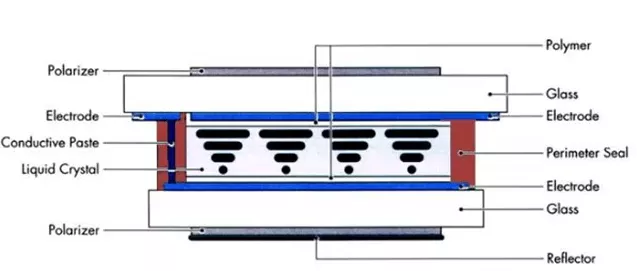Introduction to Liquid Crystal Technology
11.06.2023
LCD is a flat panel display technology commonly used in televisions and computer monitors. It is also used in the screens of mobile devices such as laptops, tablets and smartphones.
Not only do LCD monitors look different from bulky CRT (cathode ray tube) monitors, they also operate very differently. Instead of emitting electrons on a glass screen, LCDs have a backlight that provides light to individual pixels arranged in a rectangular grid. Each pixel has an RGB (red, green, and blue) subpixel that can be turned on or off. When all subpixels of a pixel are off, it appears black.
When all subpixels are turned on at 100%, it appears white. By adjusting the various levels of red, green and blue light, millions of color combinations can be obtained.
How is an LCD constructed?
LCD screens consist of a thin layer of liquid crystal material sandwiched between two electrodes on a glass substrate, with two polarizers on each side. A polarizer is an optical filter that allows light waves of a specific polarization to pass through while blocking light waves of other polarizations. The electrodes need to be transparent, so the most popular material is ITO (Indium Tin Oxide).
Since the LCD itself cannot emit light, a backlight is usually placed behind the LCD screen for visibility in dark environments. The light source of the backlight can be LED (Light Emitting Diode) or CCFL (Cold Cathode Fluorescent Lamp). LED backlighting is the most popular. Of course, if you like color display, a layer of color filter can be made into LCD cell. Color filters consist of RGB colors. You can also add a touch panel in front of the LCD.


